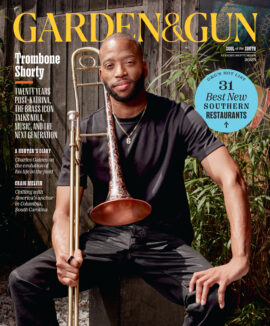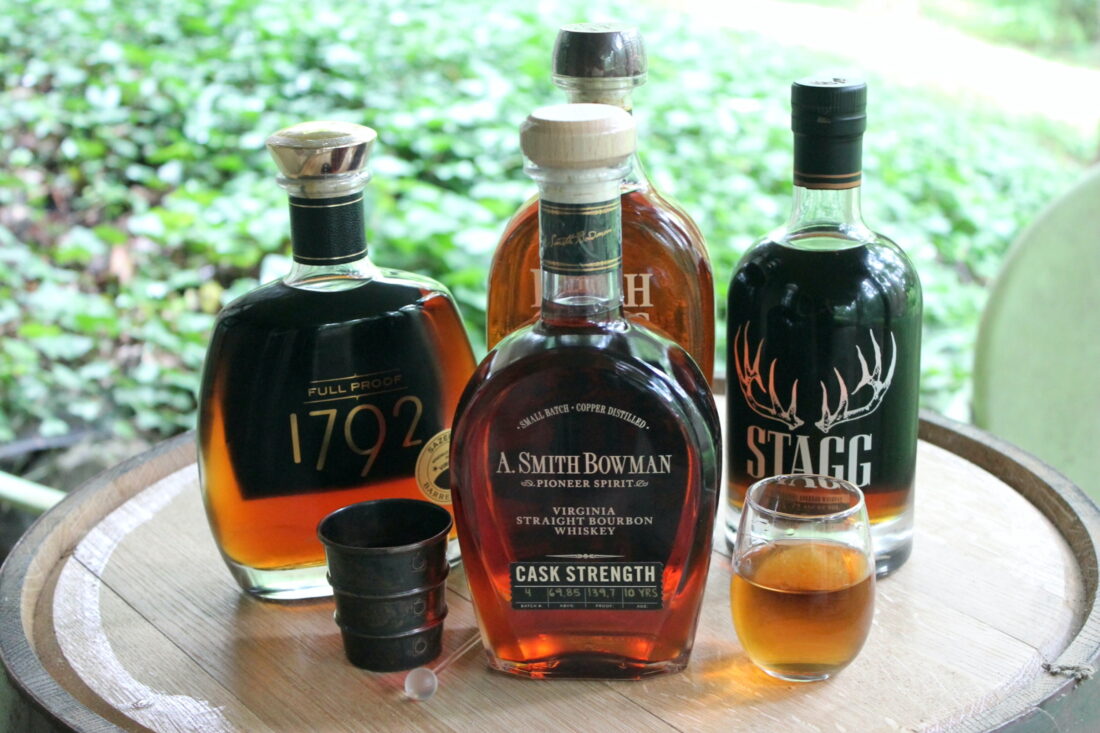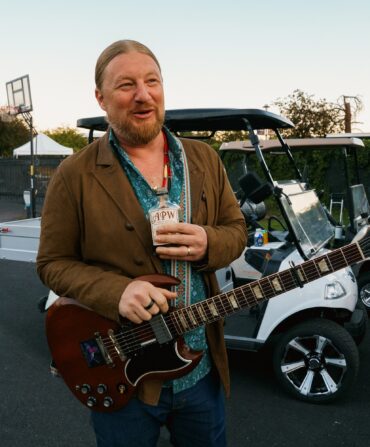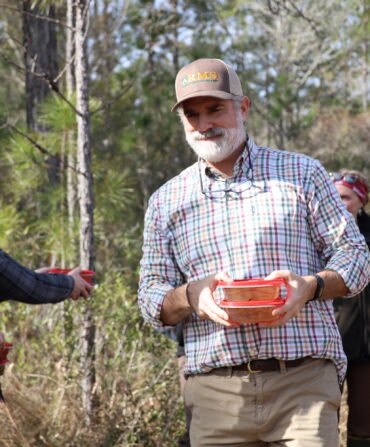It wasn’t too long ago that a bottle of Wild Turkey 101 might be the highest-proof bourbon in your liquor cabinet, reserved for moments that called for a stiff belt. Nowadays, distilleries big and small are pushing proof points to surprising new heights: The latest 1792 Full Proof sits at 125. Elijah Craig Barrel Proof hits 126.2. Jefferson’s Reserve Cask Strength touches 130, and the most recent A. Smith Bowman Cask Strength bangs in at an astounding 139.7. (A quick explainer: The label terms Barrel Proof and Cask Strength both denote bourbons that haven’t had water added after going into the barrel, while Full Proof is diluted to the same proof point at which it entered the barrel before maturing—still fairly high.)
A few releases are even daring to cross the 140-proof threshold (that’s 70 percent alcohol!), a category dubbed Hazmat because it’s too flammable to take aboard airplanes. For real.
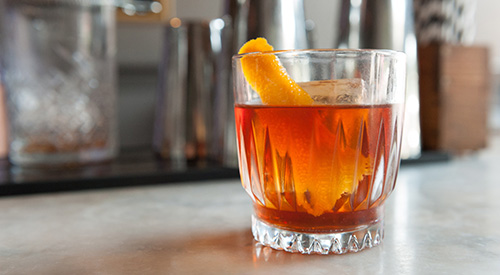
Do you actually want to sip a potentially plane-crashing bourbon? Perhaps, yes. In July, the respected 2025 International Whisky Competition named the current release of the aforementioned Bowman Cask Strength as Best Bourbon and Best American Whiskey.
“I’ve been in this industry for years and definitely seen the trend of proof points on the rise,” says Tommy Craggs, co-owner of Watch Hill Proper, a bourbon-focused bar in Louisville. “It kind of started with smaller, craft distillers trying to produce something that would get noticed. Bourbon drinkers really responded, so now the big, heritage distillers are coming around.”
Craggs counts himself as a proponent. “If you’re looking for full flavor, high proof is the thing,” he says. “People think it’s going to be too hot for their palate, but we do blind tastings every week, and if a high-proof bourbon is made well, they can’t believe how much they love it. It’s what bourbon is supposed to taste like.”
Surprisingly, A. Smith Bowman head distiller David Bock maintains that he wasn’t aiming for a certain proof threshold when he created his award-magnet Cask Strength. “I think chasing proof is like the guy who believes that the oldest barrel or the dirtiest barrel is going to taste the best,” he says. Instead, Bock pulls some barrels from the warehouse area that tends to foster high proofs, then blends them to his exacting taste. Only then does he test the final proof point. (The fact that the current release, at 139.7 proof, was bottled so tantalizingly close to the Hazmat level, which would have generated even greater bourbon-nerd frenzy, lends credence to his claim.)
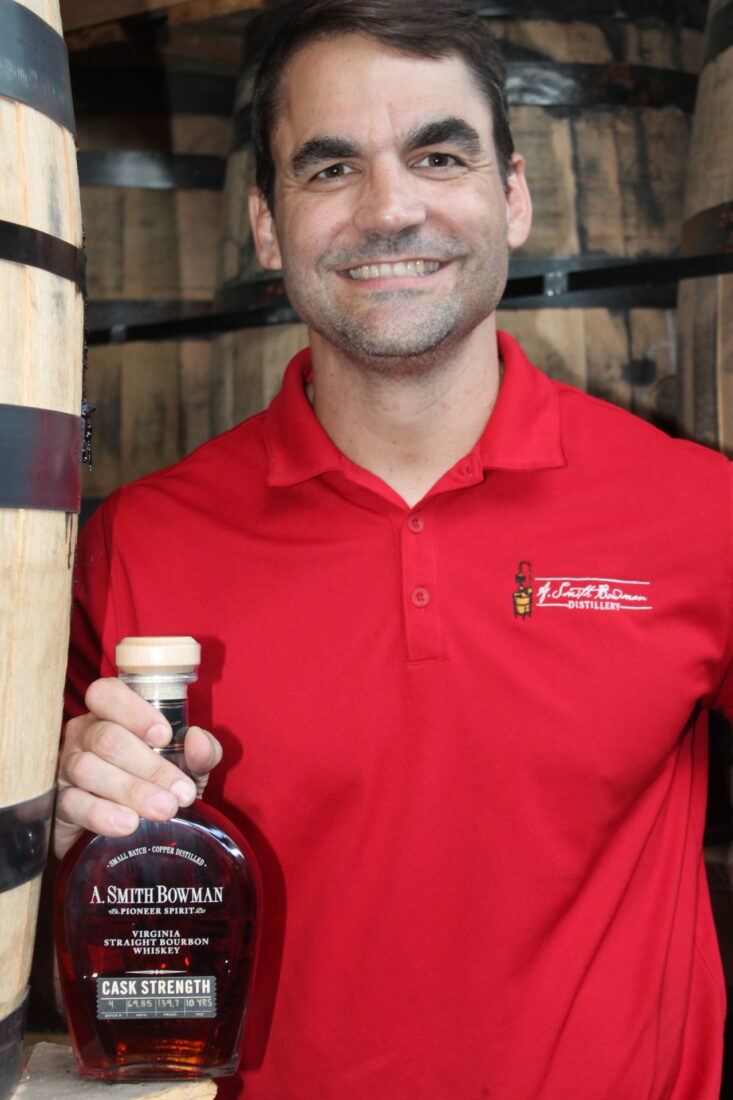
“Proof, like aging and blending, is another tool in our toolbox, a variable to experiment with to make a great bourbon,” Bock says. “Cask Strength doesn’t drink like it’s 139 proof.”
This writer, who once assumed that anything above 100 proof burns going down, recently imbibed a full pour and can confirm that it is indeed world-class stuff. Full-bodied and complex, with a deep caramel note, and dare it be said for a boundary-pushing proof point…smooth.
So you should pour all your 90-proof bourbons in a ditch, right? Not so fast. Many of the same bourbon fanatics who are driving the high-proof trend would chop off their non-drinking arms for a bottle of Pappy Van Winkle 20-year despite it’s relatively low 90.4 proof. That’s because it and the Bowman bottle both become fully realized liquid magic at their respective proofs.
Even Watch Hill Proper’s Craggs, after declaring that 80-proof bourbon “is like milk on cereal,” admits that his daily drinker is 94-proof Elijah Craig Small Batch. “There are some great whiskeys at 100 proof or even less,” he continues. “Wild Turkey 101 is still the best deal on the liquor store shelf—and it doesn’t make my head hurt the next day. But on the weekend, that’s when I break out my high-proof bottles.”

